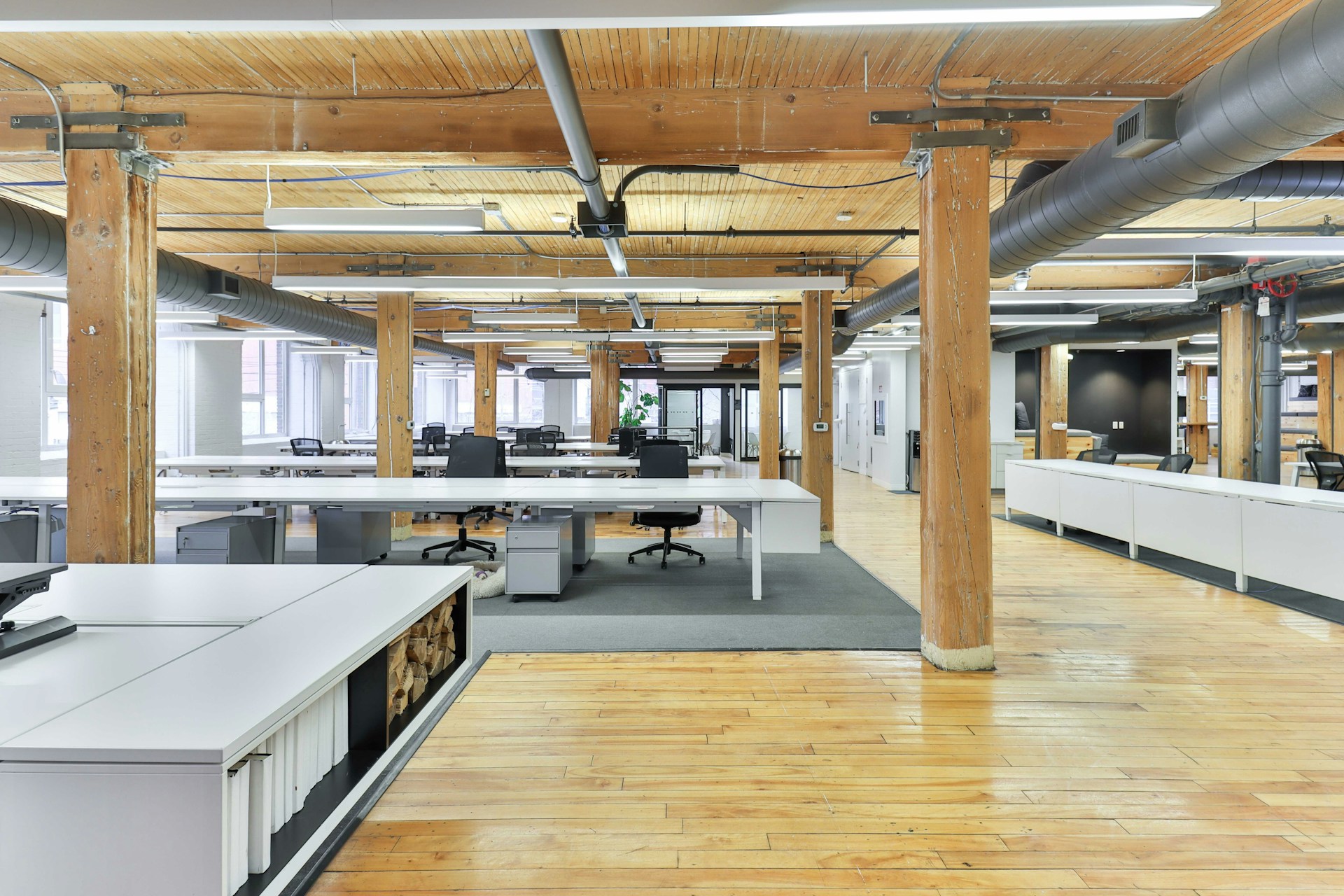
Explore how technology improves workplace safety with real-time monitoring, wearables, AI analytics, and predictive maintenance for a safer environment.
Workplace safety has always been a top priority, but the tools used to maintain it are evolving rapidly. New technologies now offer ways to prevent accidents, monitor environments, and respond faster to emergencies. These tools are not replacing traditional safety protocols, but they are helping companies close gaps and strengthen their overall safety strategies. Organizations like Stratus Infosystems often guide businesses in integrating smart systems into existing infrastructures without disrupting day-to-day operations.
Modern solutions like Cisco Meraki MT sensors provide real-time insights that allow safety managers to act quickly before small issues escalate. These types of technologies are changing the way companies think about risk. Rather than reacting to problems, more workplaces are building systems designed to predict and prevent them. Here’s how technology is improving safety across different industries, and why it matters now more than ever.
Real-Time Environmental Monitoring
Conditions such as poor air quality, high humidity, or extreme temperatures can impact employee health. In industries like manufacturing, food storage, and healthcare, even minor fluctuations can lead to safety incidents. Environmental sensors now allow businesses to detect changes the moment they occur.
These sensors track temperature, humidity, air pressure, and more. If values move outside the safe range, alerts are sent automatically to the relevant personnel. This enables quick action, whether it is adjusting ventilation or shutting down machinery.
Beyond alerting, these systems also generate logs. Safety teams can analyze past data to spot trends and plan preventive maintenance. This proactive approach reduces downtime, supports compliance, and ensures that safety policies reflect real-world conditions on the ground.
Wearable Technology for Frontline Workers
Wearable devices are changing how safety is managed in the field. Smart helmets, vests, and wristbands can monitor worker fatigue, location, and even body temperature. These tools are especially useful in construction, logistics, mining, and other high-risk sectors.
For example, wearables can detect when a worker stops moving after a fall or displays signs of overheating. Real-time tracking helps safety managers respond instantly, reducing injury severity. Some systems also offer geofencing features, alerting workers when they enter restricted or hazardous zones.
Wearables also promote accountability. Workers become more conscious of their behavior when they know safety metrics are being recorded. And by providing early warnings, these devices help prevent common workplace incidents before they occur.
Smart Surveillance and AI-Driven Analytics
Video monitoring has always played a role in workplace security. But with advances in artificial intelligence, surveillance systems can now do more than just record. They can detect dangerous behavior, recognize equipment misuse, and flag non-compliance in real time.
AI-powered cameras analyze patterns across multiple feeds. For example, they can spot when a worker skips a required step, enters a high-risk area without protective gear, or fails to follow safe lifting procedures. Automated alerts are sent directly to supervisors or safety officers for immediate follow-up.
This shift from passive to active surveillance gives companies a powerful tool for reducing risk. Instead of relying solely on manual review or routine audits, safety managers receive continuous feedback and can address issues on the spot.
Predictive Maintenance Through IoT
Malfunctioning equipment can lead to injuries, product loss, or environmental hazards. Predictive maintenance powered by the Internet of Things (IoT) helps prevent these failures before they disrupt operations.
Connected sensors track metrics like vibration, pressure, heat, and usage time. When a piece of equipment starts to deviate from its normal pattern, the system triggers a maintenance request. This keeps machines running smoothly while also reducing safety risks caused by sudden breakdowns.
Preventive scheduling reduces the need for emergency repairs, which are often rushed and prone to errors. It also minimizes the risk of exposing technicians to unsafe machinery. For facilities with complex mechanical systems, predictive maintenance is becoming a vital part of a safe working environment.
Emergency Response Systems That Work Fast
Technology is also improving how businesses respond to emergencies. From automated alerts to integrated communication platforms, these tools help teams act faster and stay coordinated during critical moments.
Mass notification systems allow businesses to send targeted alerts during fires, chemical spills, or security incidents. These messages reach employees via phone, email, or mobile apps and can be customized by location, department, or severity.
Smart systems can also connect fire alarms, door locks, and ventilation systems to a central dashboard. When an incident occurs, these tools automatically trigger evacuation protocols or lockdowns. The goal is to remove human delay and guide people to safety quickly and clearly.
Training Through Simulations and Augmented Reality
Hands-on training has always been the best way to prepare workers for dangerous situations. New technologies like augmented reality (AR) and virtual simulations now make this training more effective and more widely available.
Simulators allow employees to practice emergency procedures, machinery operation, or hazardous material handling in a risk-free environment. These scenarios mirror real-world challenges and provide feedback on response times and decision-making.
AR can guide technicians through complex tasks in real time. For example, an overlay on safety glasses might show step-by-step instructions or flag risky components while someone works. This blend of training and support helps workers retain safety knowledge and apply it confidently in real scenarios.
Was this news helpful?







 Yes, great stuff!
Yes, great stuff! I’m not sure
I’m not sure No, doesn’t relate
No, doesn’t relate



